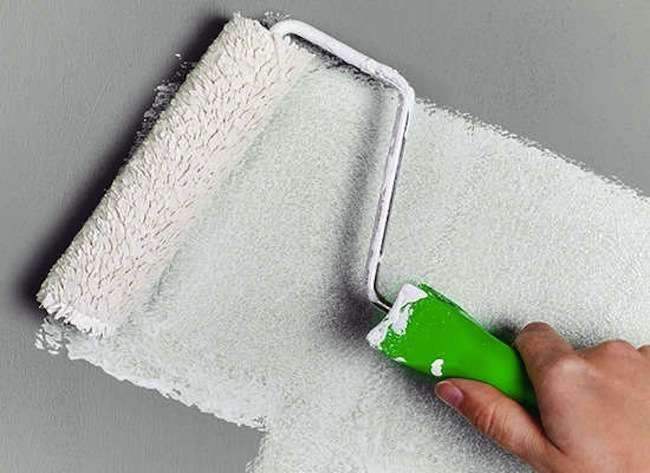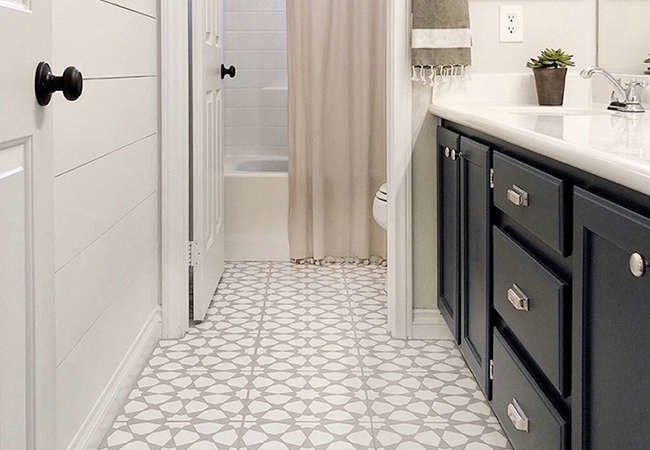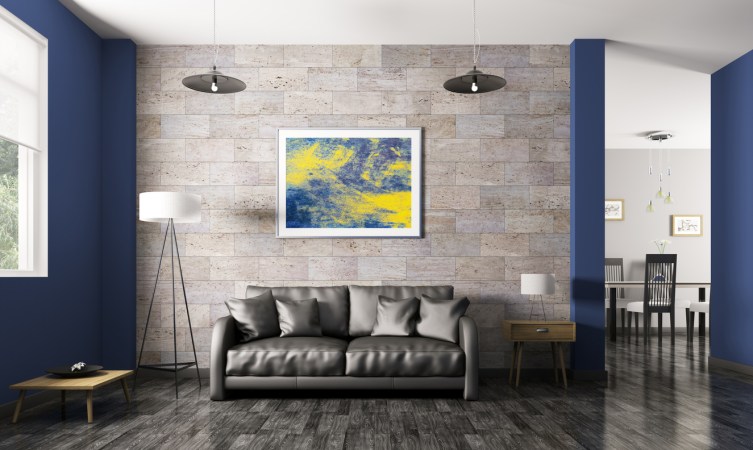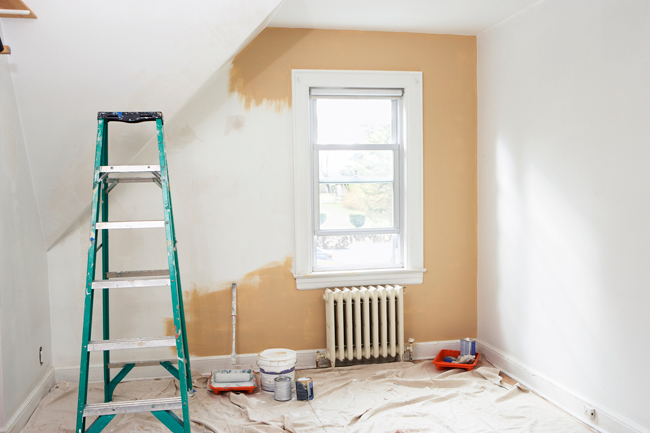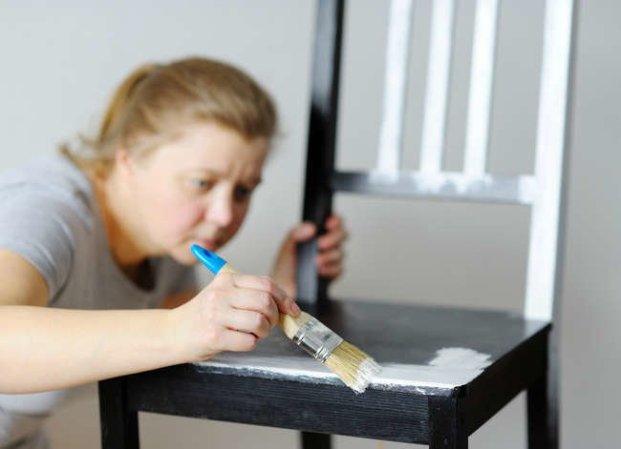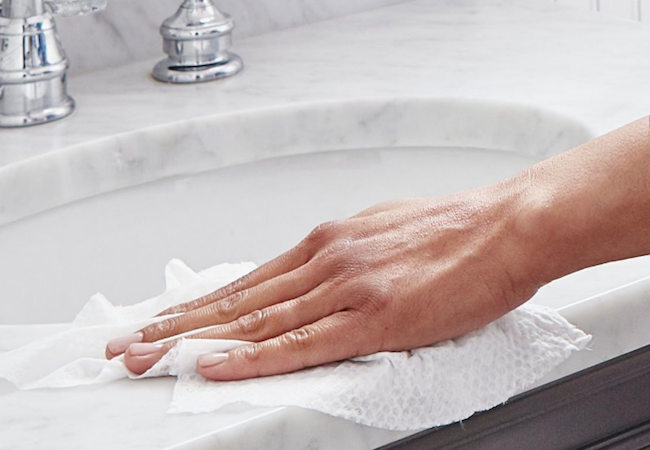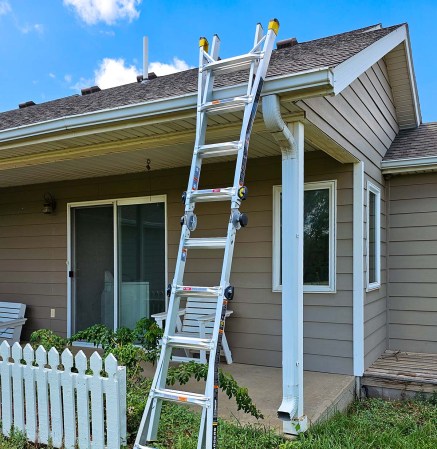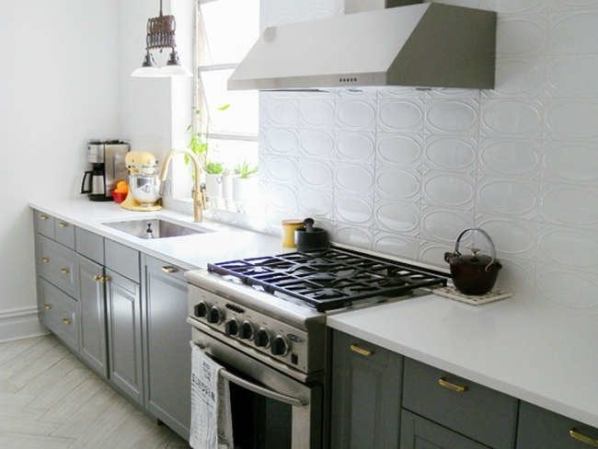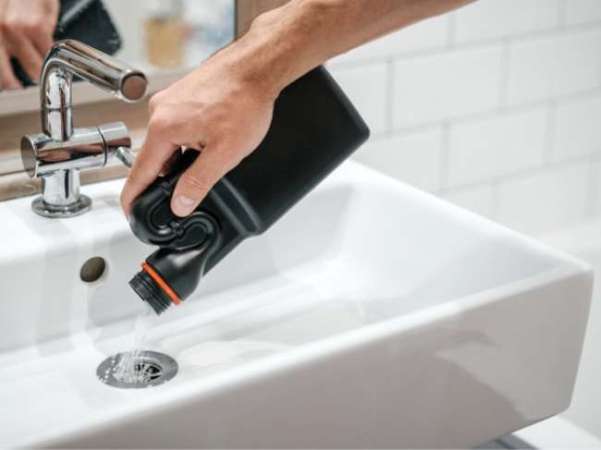We may earn revenue from the products available on this page and participate in affiliate programs. Learn More ›
Painter's Tape

Tape off surfaces that you don’t want to paint. Different tapes are for different surfaces, so choose the right tape for your project. Wait until the paint is completely dry before removing, but don’t leave it longer than needed. If latex paint begins to pull away with the tape as you remove it, use a utility knife to make a small cut where the tape meets the paint.
Paint Tray
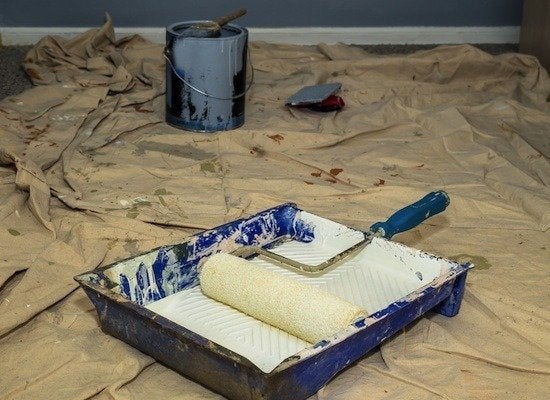
A paint tray is a must if you’re using a paint roller. Your best bet is to buy a sturdy metal paint tray and then use disposable plastic inserts for different paint colors. Dip your roller in the paint well, then roll it back and forth on the ribbed slanted surface to distribute and remove the excess paint before rolling it on your walls.
Roller
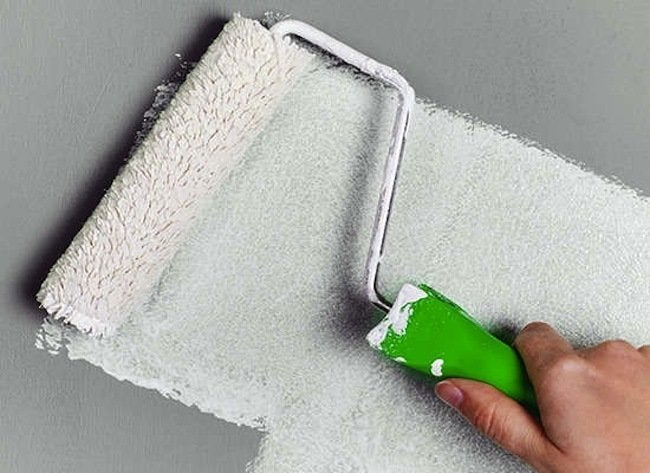
If you have a lot of area to cover, nothing beats a paint roller. Natural rollers like wool are good for oil-based paints, while synthetic rollers like nylon are based for latex. The shorter the roller’s nap, the smoother the finish.
Paintbrush
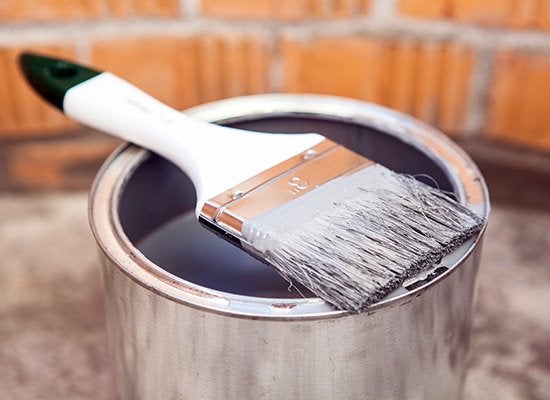
While rollers are great for covering large wall spaces, paint brushes are ideal for smaller areas and for edging. Natural-bristle brushes are used for applying oil-based paints, while polyester brushes are best for latex paints. Choose an angled brush to make it easy to paint straight lines along areas of trim. Flat-headed brushes are best for filling in larger, even spaces.
Edger
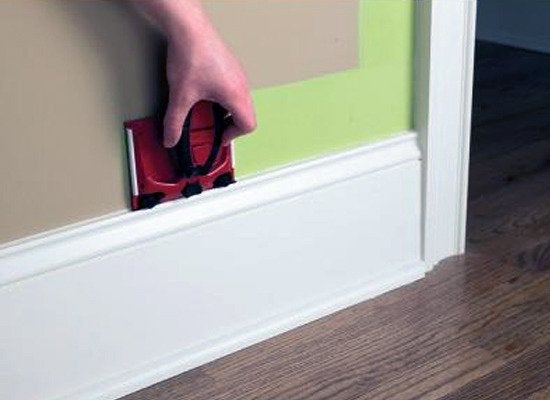
If there are only small areas you don’t want to paint, like window molding, you can use a metal or plastic paint edger instead of taping. Hold the edger against the area you don’t want painted and apply your paint along the outside edge. Clean the edger with a rag before moving it along to make sure you don’t accidentally drag paint where you don’t want it.
Drop Cloth

Drop cloths are critical to preserve floors and furniture when painting. Canvas cloths are the most expensive, but they’ll last long and absorb paint when it spills. Plastic drop cloths are lightweight and reusable, but if paint spills on them it’ll pool, unlike canvas cloths.
Five-In-One Paint Tool
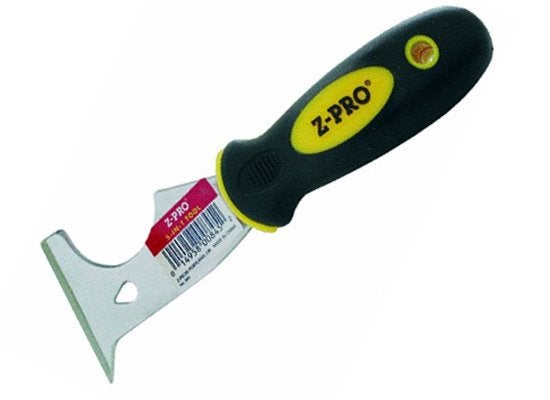
This little powerhouse of a tool is a must if you’re going to do a lot of painting around the house. It has a flat edge for scraping and applying putty in holes; a nail-puller opening; a pointy edge for cleaning out cracks, removing caulk, and opening paint cans; a hammer handle for closing them; and a curved surface for removing paint from rollers before cleaning them.
